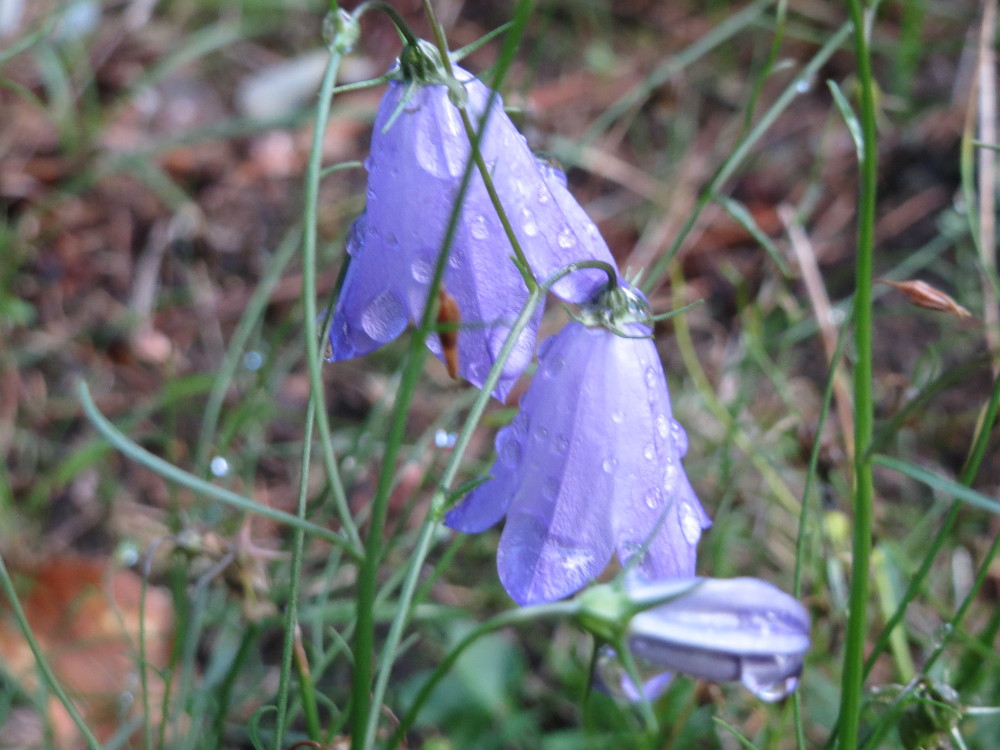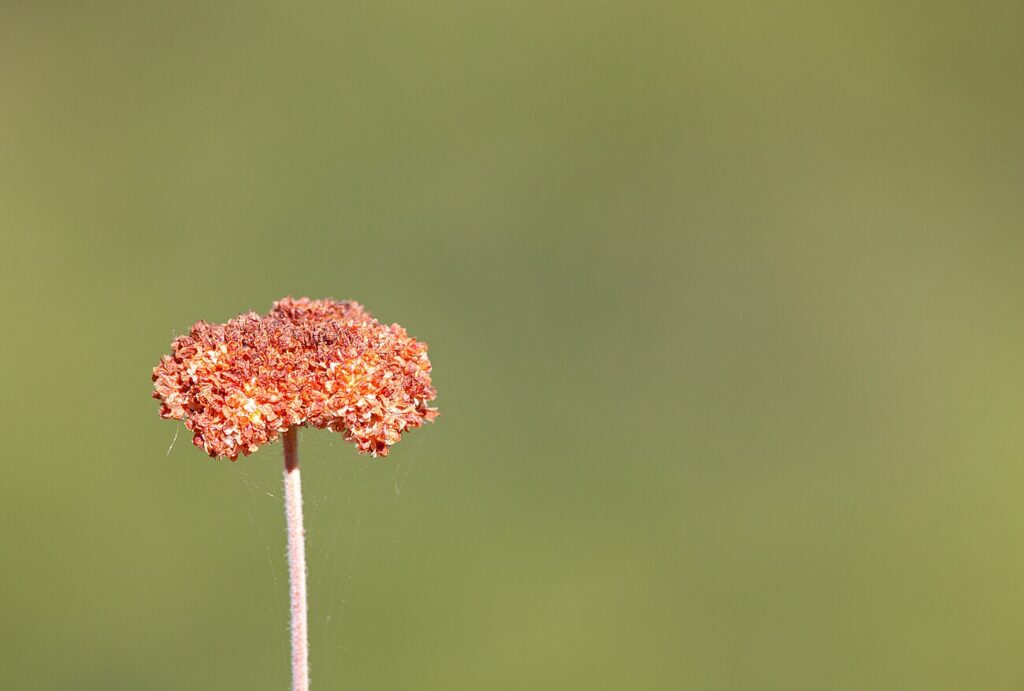Exploring Yukon bellflower
You can use our free plant care app PlantPlants to identify Yukon bellflower. scientifically recognized as Campanula uniflora and classified under Family: Campanulaceae, stands out as a distinctive Perennial herb known for its unique characteristics. While it may also be found under other Synonyms, Campanula parryi.withN/A form.
Temperature
-40 C to 30 C (-40 F to 86 F)
Watering
Low to moderate; drought-tolerant once established
Fertilizing
Balanced slow-release fertilizer
Sunlight
Full sun to partial shade
Toxicity
Non-toxic

Appearance and Growth Of Yukon bellflower
At maturity, this species reaches approximately 15-30 cm (6-12 inches) tall, presenting Basal rosette of oval to lanceolate leaves, deep green in color along with Bell-shaped flowers, typically blue to purple with five lobes, followed by Capsule containing small seeds. These features are supported by a reliable Fibrous root system, ensuring stability and sustained growth.
Yukon bellflower Origin and Habitat
Native to Native to regions of the Yukon and Northwest Territories in Canada, Yukon bellflower thrives in Alpine meadows, rocky slopes, and subarctic tundra at elevations around 600 to 2400 meters (2000 to 7874 feet). Best suited for USDA Hardiness Zone 2-6. Whether grown indoor, in a curated garden or a more natural setting, its ecological requirements help maintain its vigor over time.



How to take Care of Yukon bellflower
Light, Soil and Watering Yukon bellflower.
You can use our free plant identify app PlantPlants to chose the best spot for Yukon bellflower, This plant prefers Full sun to partial shade and flourishes in Well-drained, rocky or sandy soils with a soil pH of about 6.0 – 8.0.
Yukon bellflower needs watering,Low to moderate; drought-tolerant once established, guided by PlantPlants app, You can get plants daily watering schedule. to maintain Well-drained, not overly moist, ensure steady hydration. Applying water through Water at the base to avoid over-wetting the foliage supports even distribution and helps prevent overwatering or dryness.
Temperature and Humidity
Yukon bellflower performs best within Tolerant of cold temperatures; thrives in cooler climates. Its ideal growth occurs at around 15-20 C (59-68 F), though it tolerates ranges from -40 C to 30 C (-40 F to 86 F). Additionally, maintaining Moderate humidity; can tolerate dry conditions encourages healthy foliage and overall plant vigor.
Fertilization & Soil Health
Feeding with Balanced slow-release fertilizer at the recommended Seasonal Application Frequency on PlantPlants App keeps nutrients balanced. Incorporating Addition of compost can improve soil structure enhances soil structure and fertility, while staying alert to Stunted growth and yellowing leaves helps you adjust care as needed to maintain optimal plant health.
Routine and Maintenance
Regular attention ensures this plant’s beauty and longevity. After flowering for Deadheading flowers and pruning back dead foliage tidies its appearance, while Every 2-3 years may be necessary as it grows, requiring a Choose a pot one size larger when repotting increase and a fresh Cactus or succulent mix for good drainage. for Staking or Support. Generally not required unless in very windy conditions.
Seasonal Changes and Propagation of Yukon bellflower
During Dormant in winter, growth may slow and some Leaves may die back in winter and regrow in spring can occur. For those looking to propagate, consider Division or seed propagation and provide Requires stratification; sow in spring when starting from seed. If using cuttings, follow Take healthy leaf or stem cuttings in early spring and root in well-draining medium to ensure successful rooting and healthy new plants.
Pests, Diseases and Prevention
our free plant identify and care app PlantPlants can help you diagnosisYukon bellflower problems.Though generally robust, keep watch for Aphids, slugs and remain vigilant against Powdery mildew, root rot if overwatered. Implementing Good air circulation and proper watering and applying Insecticidal soap for pests; remove affected leaves for diseases when issues arise will help sustain the plant thriving.
Companions and Uses of Yukon bellflower
This plant pairs nicely with Alpine plants, low-growing shrubs and shows None known, making it a flexible choice for various Ground cover in rock gardens, alpine gardens.
Edible and Cultural Aspects
the Edible Parts: Leaves and flowers can be consumed. Toxicty of Yukon bellflower, Non-toxic. learning about its Harvest leaves in early spring before flowering, Used in salads or as garnishes, and Rich in vitamins A and C can be intriguing for culinary explorers. Some traditions highlight its Historically used for mild medicinal purposes in indigenous cultures or note its Often planted for its ornamental value in alpine gardens.
Conservation and Status
With an Not assessed, proper Habitat protection and responsible harvesting practices
Frequently Asked Questions
1. What type of soil does Yukon bellflower prefer?
Yukon bellflower thrives in well-drained, rocky or sandy soils.
2. How often should I water Yukon bellflower?
Water every 7-14 days in summer and every 3-4 weeks in winter, depending on conditions.
3. Is Yukon bellflower a perennial plant?
Yes, it is a perennial herb that can return year after year.
4. Can I grow Yukon bellflower in a pot?
Yes, it can be grown in pots as long as there is adequate drainage.
5. What is the typical size of Yukon bellflower at maturity?
It typically grows to a height of 15-30 cm (6-12 inches).
6. Does Yukon bellflower require full sun?
It prefers full sun but can also tolerate partial shade.
7. How do I propagate Yukon bellflower?
It can be propagated from seeds or by division.
8. What kind of pests might affect Yukon bellflower?
Common pests include aphids and slugs.
9. What are the water requirements for Yukon bellflower?
It has low to moderate watering needs and is drought-tolerant once established.
10. Are the flowers of Yukon bellflower edible?
Yes, the flowers and leaves can be consumed as a mild edible garnish.




